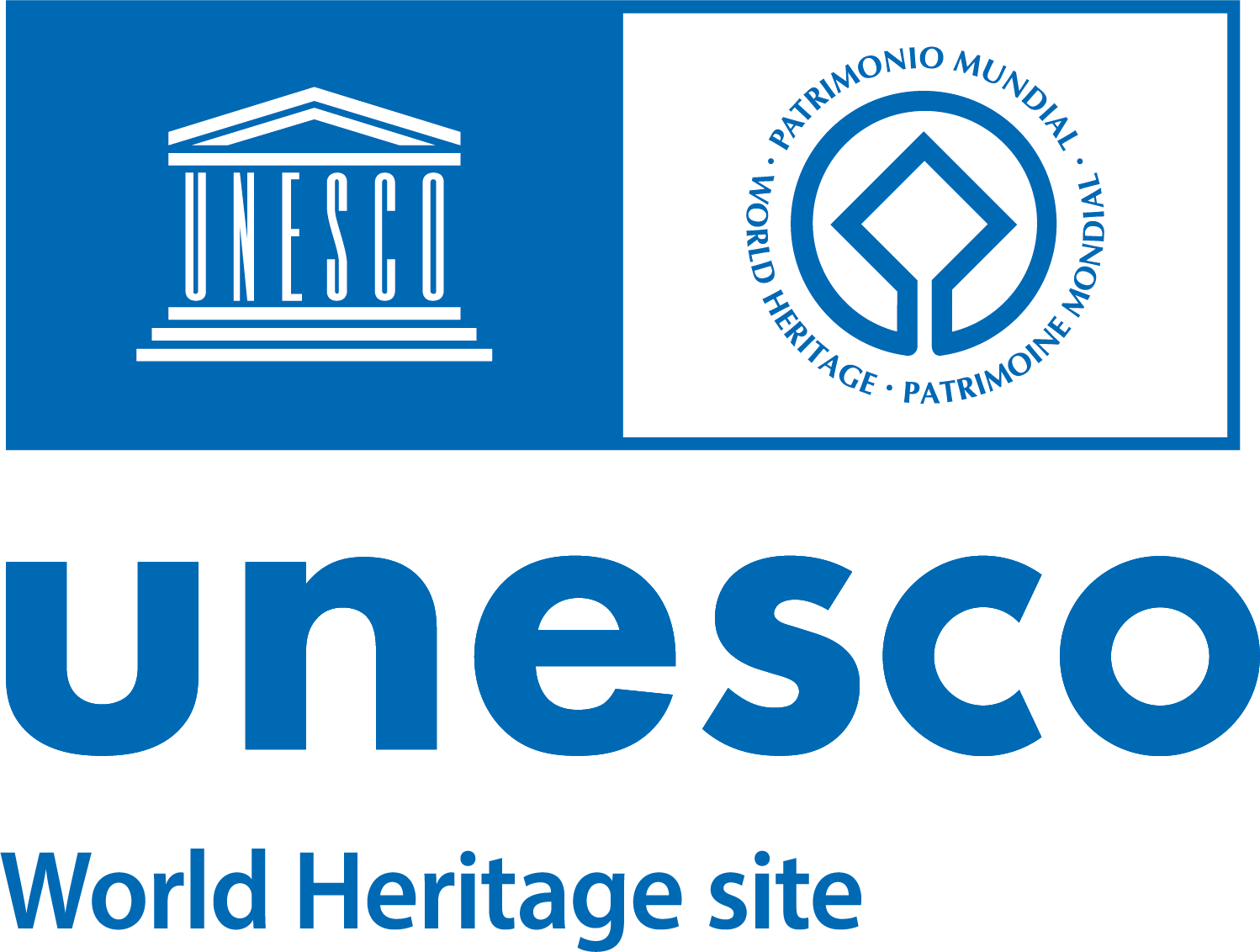The ancient Porta Flaminia was built astride the consular road of the same name during the rule of Emperor Aurelian (AD 270–275), and for a long time it was one of the principal points of access to the city for those arriving from the north.
At the beginning of the 5th century, it was transformed by Honorius: the facade was clad with travertine and decorated with a simple dentil cornice. The walls themselves were consolidated and two new quadrangular side towers were built, incorporating the ones built by Aurelian into the construction.
In ancient maps of Rome, the gate continued to go by various names, such as Porta San Valentino, due to the proximity of the basilica of the same name and its catacombs, or Porta Flumentana, because it was close to the Tiber. Its final, definitive name, Porta del Popolo, comes from the adjacent church.
Pope Sixtus IV (1471–1484) partially restored the gate and reinforced the structure. A century later, in 1561–62, at the wishes of Pope Pius IV (1559–1565), the external facade of the gate was restored by the sculptor Nanni di Baccio Bigio, perhaps with help from Michelangelo and Jacopo Barozzo da Vignola. Many old materials were used during this work, such as granite columns from the ancient Constantinian basilica of Saint Peter’s.
A large stone memorial tablet in the trabeation commemorates the work: PIVS.IIII.PONT.MAX./PORTAM.IN.HANC.AMPLI/TVDINEM. EXTVLIT/VIAM. FLAMINIAM/ STRAVIT. ANNO III.
For the triumphal entrance into the city of the queen of Sweden, Kristina Wasa (23 December 1655), who had converted to Catholicism, Pope Alexander VII (1655–1667) commissioned Gian Lorenzo Bernini to restore the interior elevation of the gate. Heraldic elements relating both to the Chigi family (oak, star and hills) and to the Swedish royal family (a sheaf of wheat) were inserted into the new facade.
A tablet was affixed to commemorate the event: FELICI FAVSTOQVE INGRESSVI/ ANNO MDCLV. With this, the gate officially acquired the function of being the city’s civic and religious entrance. In 1658, to accentuate the importance of the gate as the preferred entrance to the holy city, the statues of Saints Peter and Paul, by Francesco Mochi, were erected between the columns of the outer face.
With the Unification of Italy, Porta del Popolo lost its defensive purpose and it became a key feature of the new capital’s urban plan. The gate was widened to facilitate the increasing traffic, with the opening of two new side arches. This entailed the demolition of the two quadrangular towers.
The modification (1877–79), designed by the architect Agostino Mercandetti, is commemorated by two tablets positioned above the lateral archways:
ANNO.MDCCCLXXIX/RESTITVTAE.LIBERTATIS.X/TVRRIBVS.VTRINQVE.DELETIS/FRONS.PRODVCTA.INSTAVRATA
S.P.Q.R./VRBE.ITALIAE.VINDICATA/INCOLIS.FELICITER.AVCTIS/GEMINOS.FORNICES.CONDIDIT.






2. Piazza and Porta del Popolo, church of S. Maria del Popolo and the Flaminio obelisk. Watercolour by Nicolle Jean Victor, c.1787.
3. External façade of the Porta del Popolo, inscription of Pius IV on the main archway.
4. Porta del Popolo, interior view before the opening of the lateral archways, c.1860-1880.
5. Porta del Popolo. 19th-century print.
6. Porta del Popolo, interior façade.


